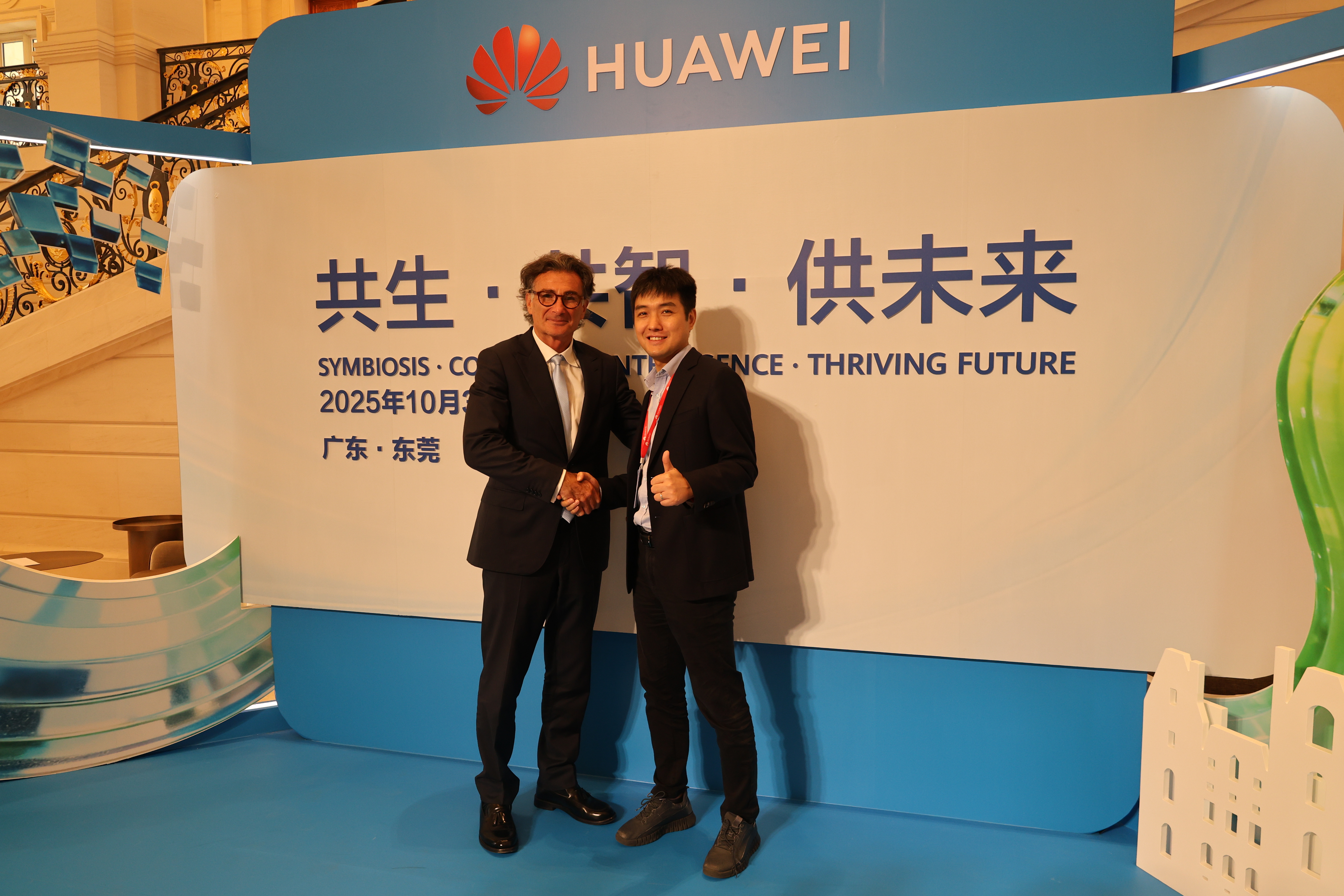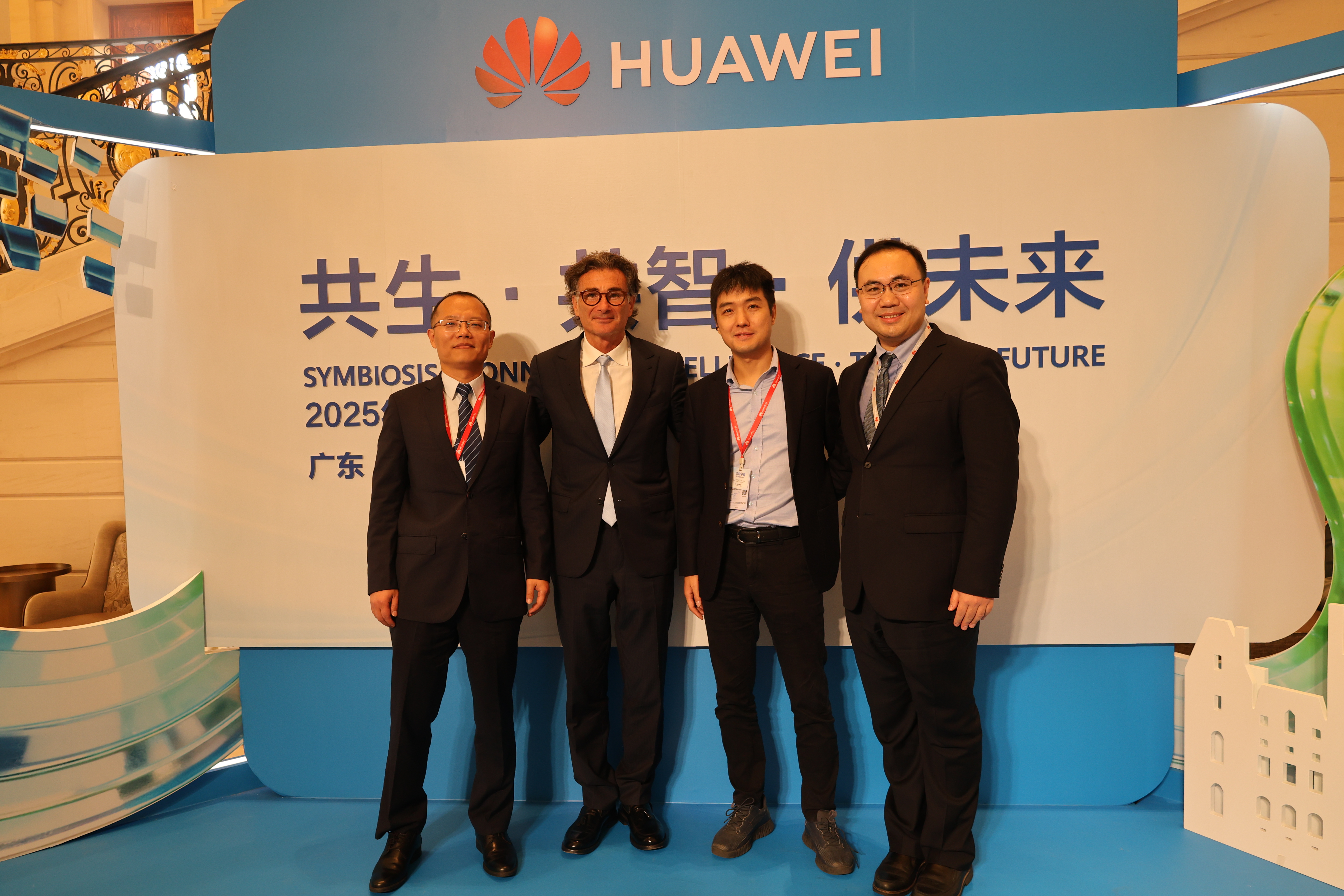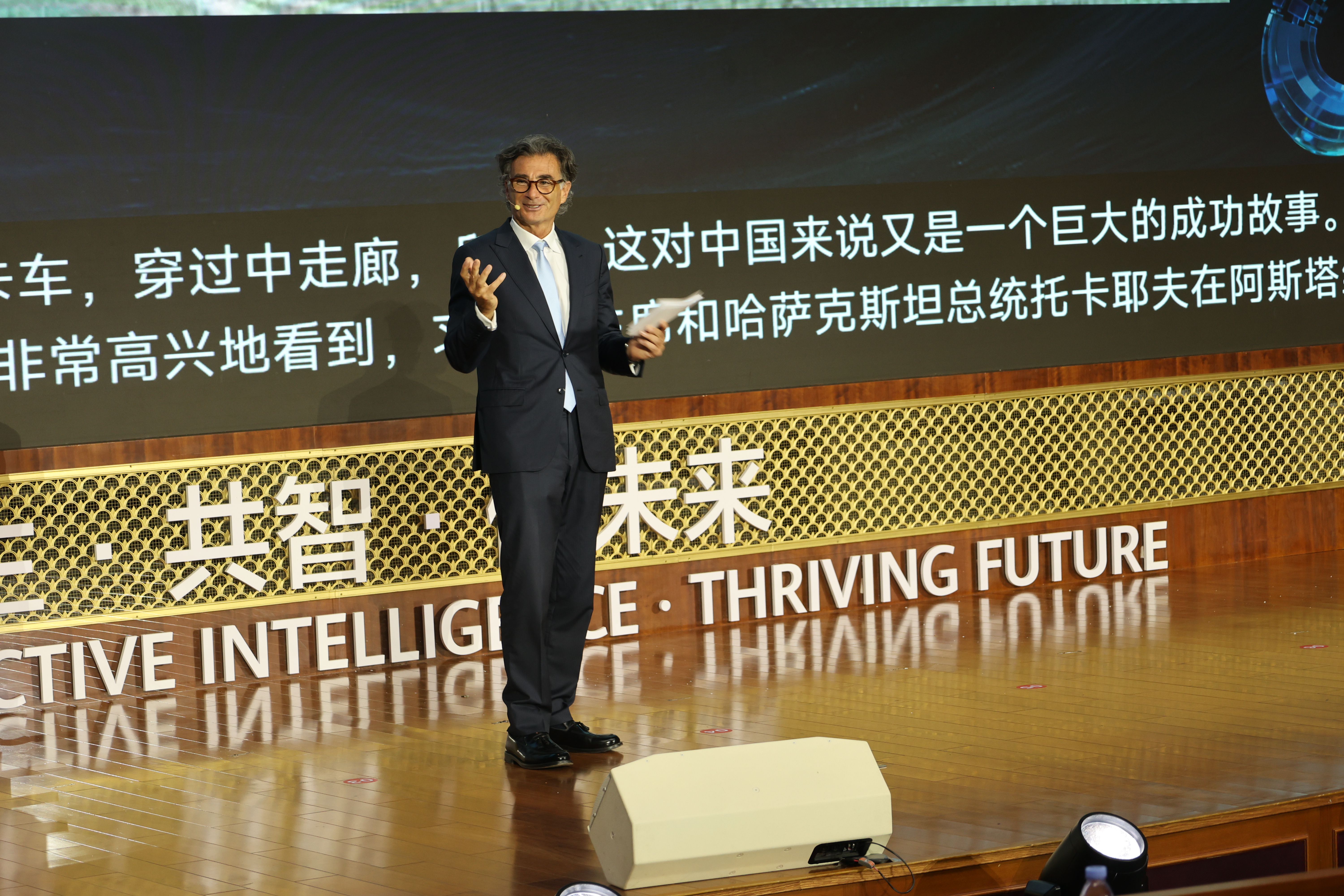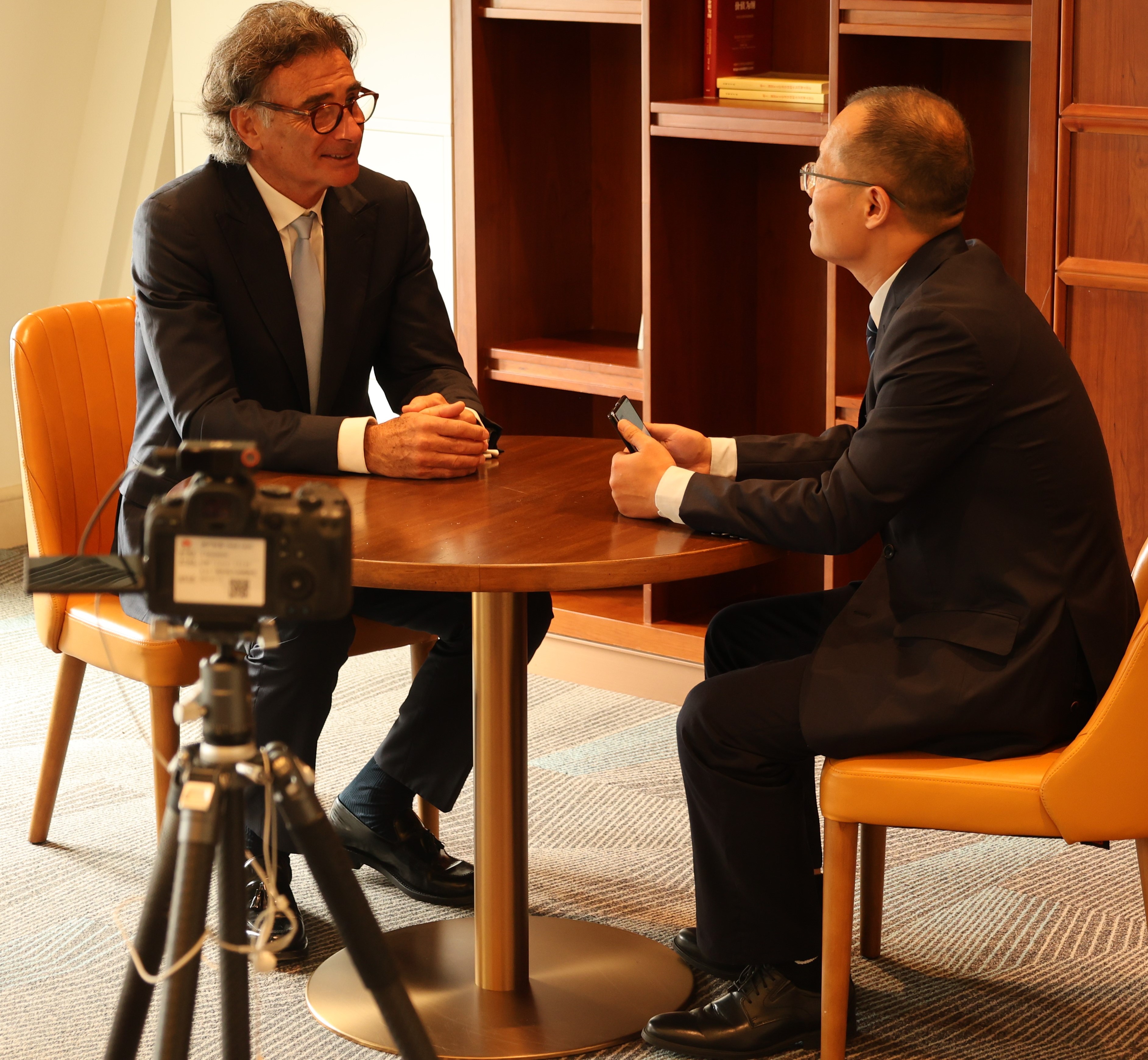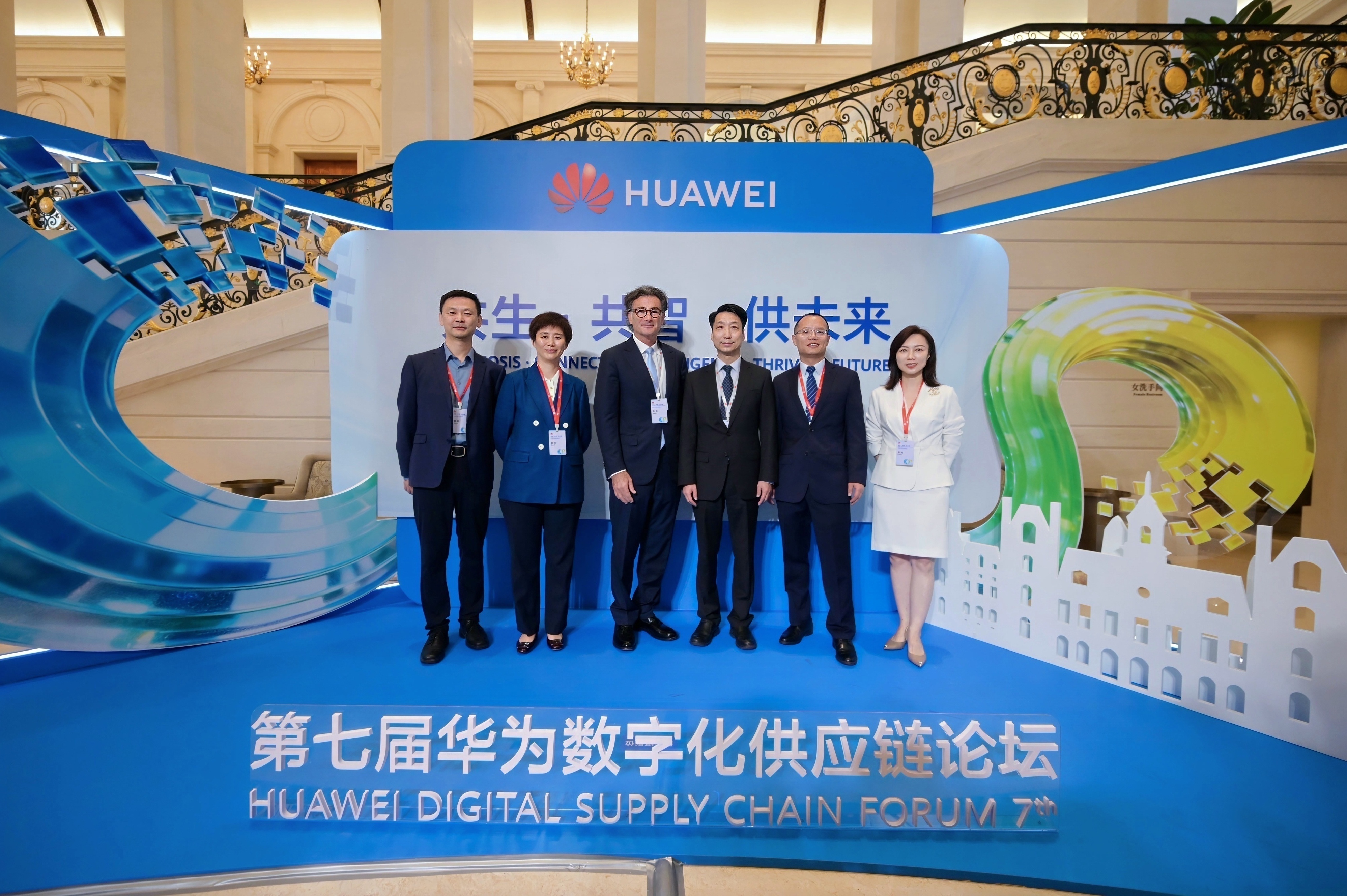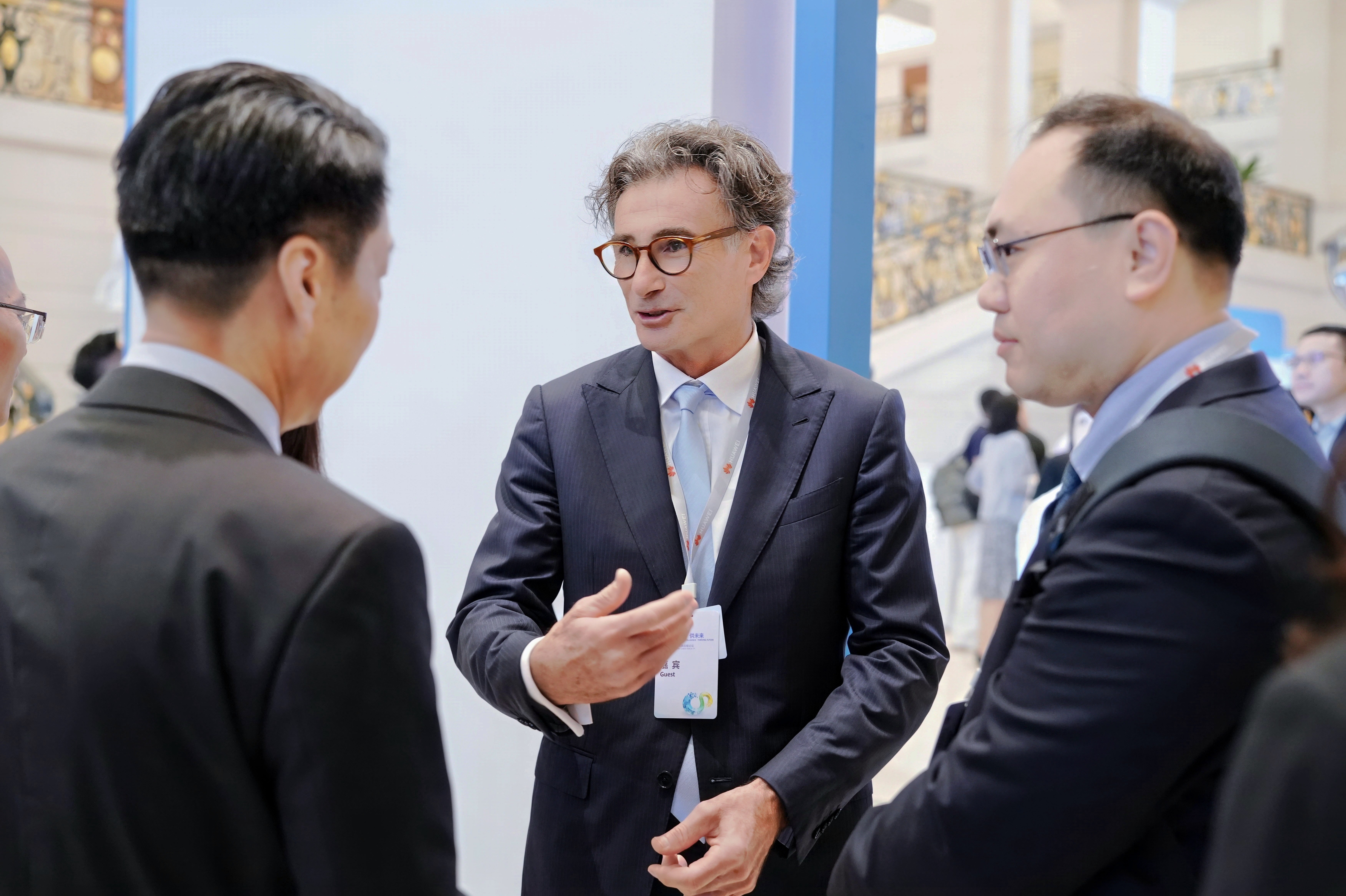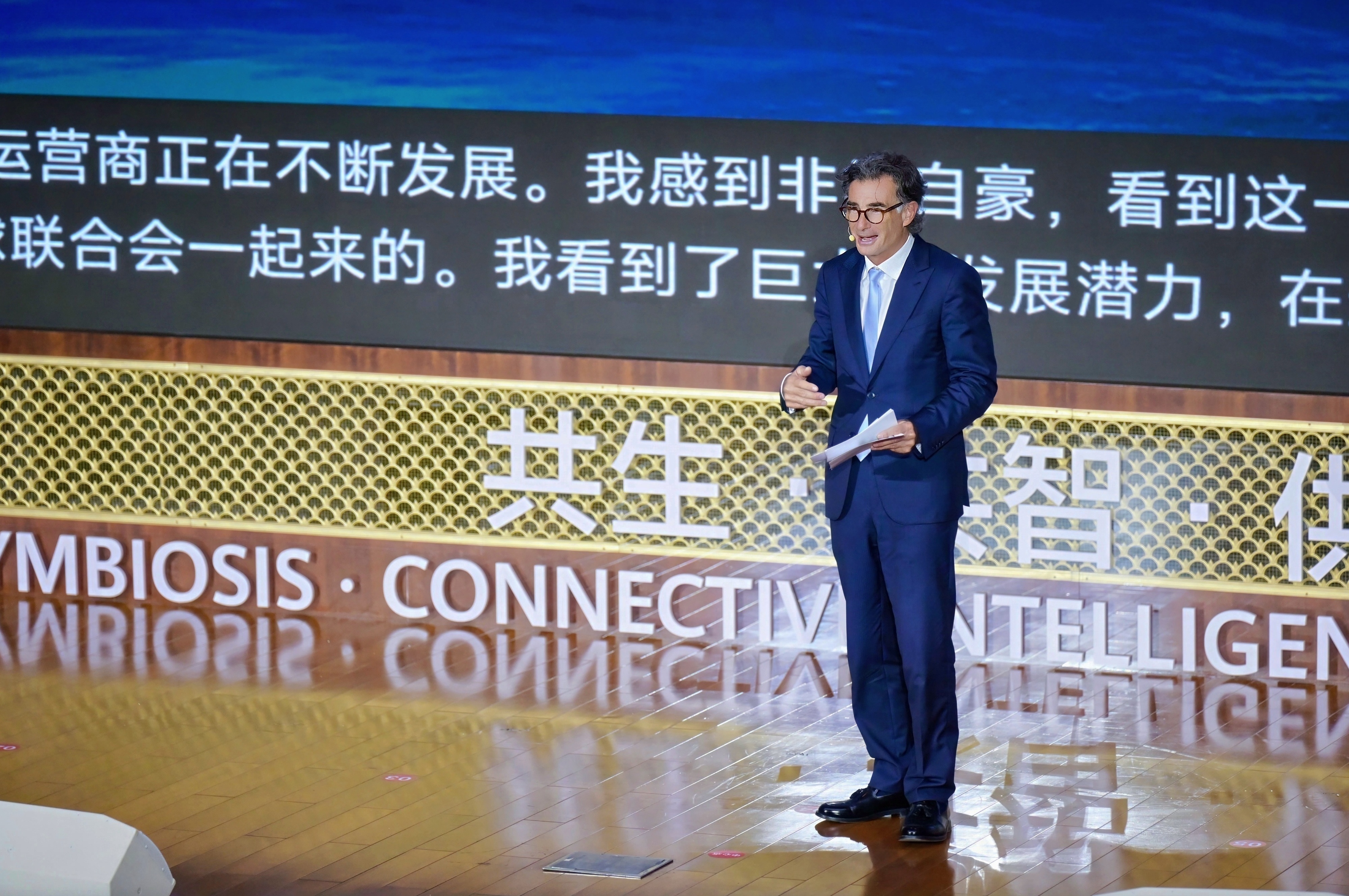IRU mapped its vision for a world where supply chains are not only efficient and reliable but also sustainable at Huawei’s forum today in Dongguan, China.
The 7th Huawei Digital Supply Chain Forum explored recent transformations shaping global supply chains and how to guide their development for the benefit of economies, communities and people around the world.
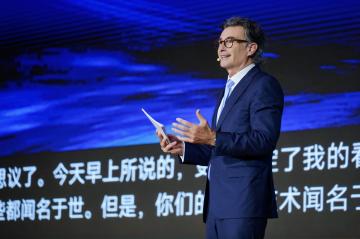
IRU Secretary General Umberto de Pretto, who delivered a keynote speech, said, “Today, we find ourselves in a world marked by rapid transformation and constant change.
“As the world becomes ever more interconnected, the need for collaboration, innovation and shared standards in logistics has never been greater.
“The Belt and Road routes are now a tangible reality. We see trucks traversing these routes, connecting continents and markets as never before.”
The global TIR transit system has helped bring Belt and Road corridors to life.
One example is a pilot transport operation last year by a Chinese operator and Huawei. With TIR, a 6,500-kilometre journey took 7 days instead of 20, opening a new strategic corridor for Huawei and other manufacturing companies.
These connections have opened new possibilities. However, global supply chains continue to face ongoing challenges, particularly amid geopolitical uncertainty.
Nowhere is this more evident than with the expansive scope of Eurasian trade corridors, where geopolitical developments over recent years have fundamentally altered both trade volumes and patterns.
Middle Corridor trade volumes have more than doubled in the past two years and are forecast to double again by 2030.
Trade along the Middle Corridor is also evolving. Once dominated by raw materials such as petroleum and minerals, it is now rapidly shifting to container traffic, which has more than tripled in the past 12 months.
Amid this evolving landscape of uncertainty and opportunity, two significant challenges stand at the forefront of global logistics.
The first challenge is digitalisation.
While technology continues to advance rapidly in many areas, some of the most basic elements of digitalisation – such as customs procedures, border controls, permits, visas and other areas – are still lacking.
“In some regions, we have witnessed impressive strides; in others, change has been remarkably slow,” said Umberto de Pretto. “Digitalisation stands as one of the most powerful levers for transformation.”
“By embracing ‘soft measures’ such as the TIR system and fostering public-private collaboration, we can break down barriers to trade and unlock new efficiencies,” he added.
The second major challenge is decarbonisation.
Across the globe, the industry faces a myriad of policies, targets and energy landscapes.
At the same time, road transport must accommodate future growth in freight volumes. Overland freight in Eurasia is forecast to more than double by 2050. This requires ensuring that logistics and mobility networks remain robust, functional and cost-effective.
With this pragmatic view, IRU Green Compact research has shown that half of the emission reductions required for commercial road transport to reach carbon neutrality by 2050 should come from efficiency measures – in vehicles, drivers and overall logistics networks.
The other half will come from the steady implementation of alternative fuels, ensuring that the required infrastructure and economic enablers are put in place at the same time as transport operators renew their fleets.
“It is crucial that positive change, both in digitalisation and decarbonisation, is not limited to large enterprises,” said Umberto de Pretto. “We must ensure that SMEs, the backbone of global supply chains, are empowered and encouraged to adapt and thrive.”
“Together, let us continue our collective journey, working hand in hand to build even better supply chains that are efficient and sustainable for generations to come,” he concluded.
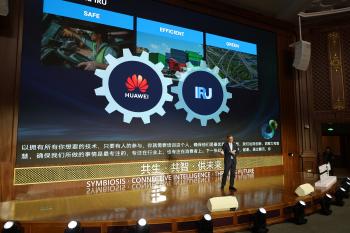
Bilateral meeting
Following the forum, Umberto de Pretto and Wang Houjin, Vice President of Global Supply Chain at Huawei, continued the discussion.
Umberto de Pretto highlighted the remarkable growth of the TIR system in China. TIR operations are now taking place from over 50 border and inland cities across China, with more than 70 routes across Eurasia connecting China to over 30 Belt and Road countries. China’s TIR movements have increased by 170% this year.
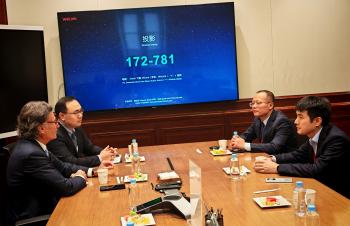
IRU has been supporting Huawei in optimising and diversifying its TIR movements from China and in the Gulf Cooperation Council region over the past few years. Umberto de Pretto also invited Huawei to work with IRU on TIR expansion in new regions and enhance collaboration on decarbonisation and training.
Wang Houjin expressed Huawei’s appreciation for IRU’s longstanding support in enhancing the efficiency and safety of its transport operations. He noted that these efforts align closely with Huawei’s critical needs and affirmed Huawei’s commitment to deepening collaboration with IRU.

